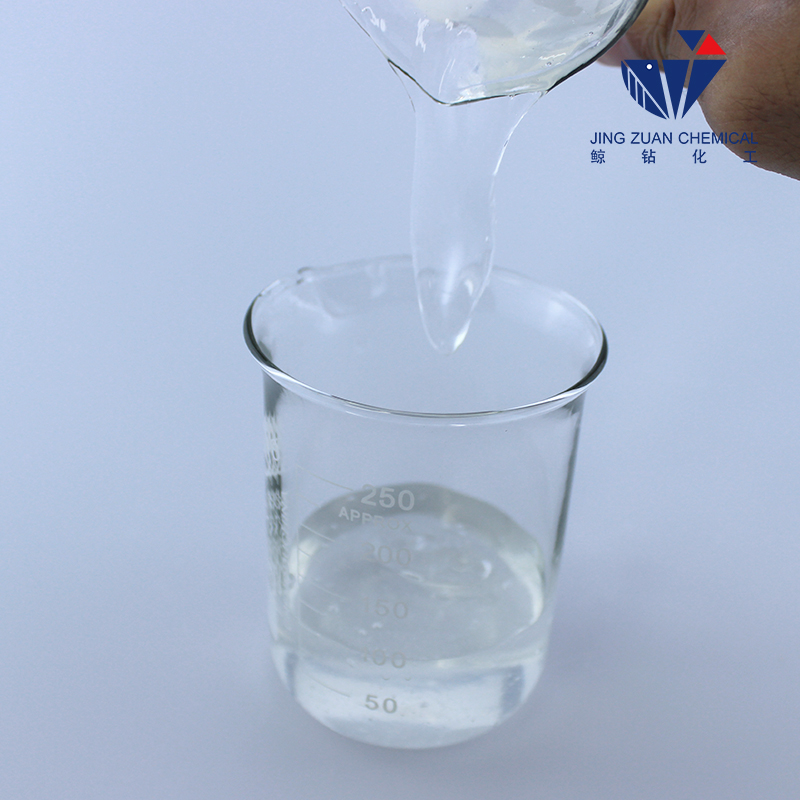
Nov . 09, 2024 01:30 Back to list
Current Market Trends and Pricing Analysis for Hydroxyethylcellulose in Various Applications
Understanding Hydroxyethylcellulose Price Factors Affecting the Market
Hydroxyethylcellulose (HEC) is a non-ionic, water-soluble polymer derived from cellulose. It finds widespread use in various applications, including pharmaceuticals, cosmetics, personal care products, and construction materials. As a crucial ingredient, the price of hydroxyethylcellulose directly impacts product formulation, manufacturing costs, and ultimately, consumer prices. Understanding the factors that influence HEC pricing can provide valuable insights for manufacturers, suppliers, and end-users alike.
Global Demand and Supply Dynamics
The price of hydroxyethylcellulose is significantly affected by the dynamics of global supply and demand. As industries such as cosmetics and pharmaceuticals continue to grow, the demand for HEC has risen correspondingly. For instance, the increasing trend towards natural and sustainable products has spurred manufacturers to incorporate HEC into their formulations due to its biodegradable nature and thickening properties. Consequently, as demand increases, prices may also rise, especially if the supply does not meet the pace of consumption.
Raw Material Costs
The production of hydroxyethylcellulose starts with cellulose, which is derived from various sources such as wood pulp or cotton. Fluctuations in the prices of these raw materials can substantially affect HEC pricing. For example, if the cost of wood pulp increases due to environmental regulations or supply shortages, manufacturers may pass these costs onto consumers, leading to higher HEC prices. Additionally, with the rise in demand for eco-friendly and sustainable sourcing, the availability of high-quality cellulose may become more competitive, further influencing costs.
Production Technology and Scale
The technology employed in HEC production can also impact pricing. Advances in production methods that enhance efficiency, reduce waste, or conserve energy can help lower costs and, consequently, prices for hydroxyethylcellulose. On the other hand, companies that rely on older or less efficient production techniques may face higher operational costs, which can be reflected in the pricing of their products. Furthermore, economies of scale play a critical role—larger manufacturers often enjoy lower per-unit production costs, allowing them to offer competitive pricing in the market.
hydroxyethylcellulose price

Regulatory Environment
The regulatory landscape surrounding chemical products, including hydroxyethylcellulose, plays a vital role in pricing. Companies must adhere to strict guidelines and standards concerning safety, environmental impact, and product quality. Compliance with these regulations often entails additional costs for manufacturers, which can, in turn, influence the market price of HEC. In jurisdictions where regulations are particularly stringent, manufacturers may need to invest significantly in testing, certification, and quality assurance, leading to higher end prices for consumers.
Market Competition
The competitive landscape among HEC manufacturers also affects pricing. A marketplace with numerous suppliers can lead to competitive pricing, benefiting consumers. However, if the market is dominated by a few key players, these companies may have the leverage to maintain higher prices. Competition can spur innovation and efficiency, potentially leading to cost reductions that are passed on to consumers. Additionally, the emergence of new players, particularly those focusing on sustainable practices or specialized formulations, may also influence market dynamics and pricing structures.
Economic Factors
Broader economic conditions can also have an impact on the price of hydroxyethylcellulose. Inflation, currency fluctuations, and global trade dynamics can create variability in pricing. For instance, if the local currency depreciates against major currencies, imported raw materials will become more expensive, affecting overall production costs. Economic stability in key producing regions can also influence supply levels and pricing strategies for HEC.
Conclusion
The price of hydroxyethylcellulose is influenced by a complex interplay of factors, including global supply and demand, raw material costs, production technology, regulatory environments, market competition, and broader economic conditions. Understanding these dynamics is vital for stakeholders across the industry, from manufacturers seeking to optimize their production processes to consumers aiming to make informed purchasing decisions. As industries continue to evolve and adapt to changing market conditions, monitoring these factors will be essential in predicting future price trends for hydroxyethylcellulose and ensuring sustainable growth in its applications. With the increasing emphasis on sustainability and innovation, the HEC market is poised for continued evolution, making it a critical area for both investigation and investment.
-
Versatile Hpmc Uses in Different Industries
NewsJun.19,2025
-
Redispersible Powder's Role in Enhancing Durability of Construction Products
NewsJun.19,2025
-
Hydroxyethyl Cellulose Applications Driving Green Industrial Processes
NewsJun.19,2025
-
Exploring Different Redispersible Polymer Powder
NewsJun.19,2025
-
Choosing the Right Mortar Bonding Agent
NewsJun.19,2025
-
Applications and Significance of China Hpmc in Modern Industries
NewsJun.19,2025







